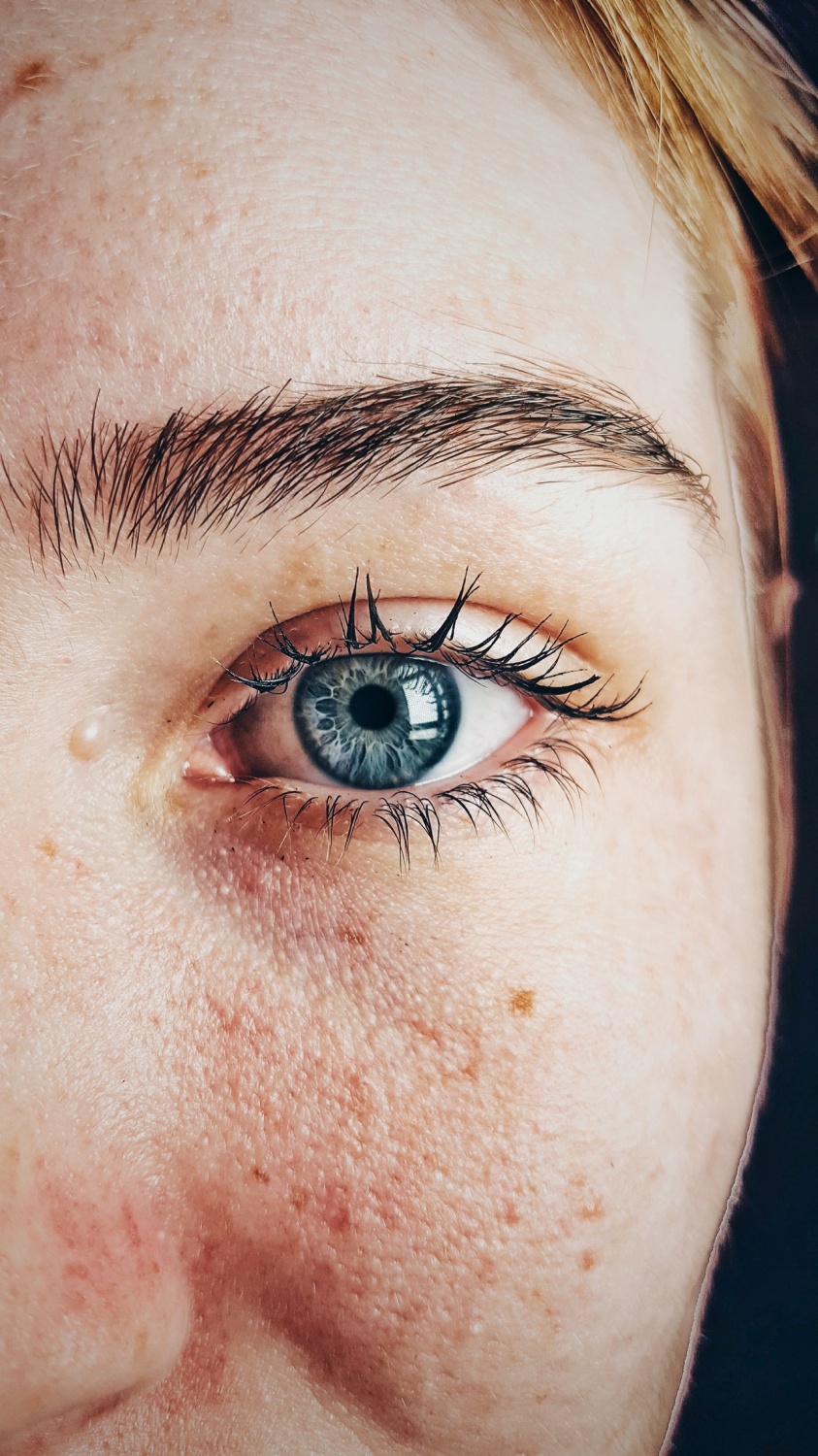 Credit : Why is it Recommended to Check for Skin Cancer Early?
Credit : Why is it Recommended to Check for Skin Cancer Early?In the US in 2018 there were an approximate estimate of 1 735 350 cases of cancer, of which 609 640 deaths were reported. In the UK it is estimated that there are 980 cases and 440 deaths per day, with a 12% increase in diagnosed cases since the 90's. Although there is no exact pin point cause of cancer, it is understood that it is the amalgamation of genes that are mutilated by carcinogenic substances over an extensive amount of time. A carcinogen could vary from a substance, radiation or radionuclides.
Unfortunately it is hard to come by someone who isn't personally affected by cancer, whether it is themselves or a loved one who has battled the disease. In this day and age of industry and technology we are unknowingly exposed to carcinogenic substances almost on a daily basis. This could be through various means such as the by-products of industry, the abuse of substances like alcohol or cigarettes or simply having a poor lifestyle (minimal exercise, excessive eating of processed foods etc.) It is a disease that is impartial to economic status, race or age and therefore must not and cannot be taken lightly by anybody. Due to the nature of cancer itself, early detection plays a huge role in the likelihood of battling and overcoming this disease.
Skin cancer: a case study for early detection
If we look at Basal cell cancer (skin cancer), it is easy to understand why detecting the disease early may save your life. Before skin cancer is considered to be cancerous it is called actinic keratosis which is not yet malignant. Malignancy refers to the extent to which damaged cells incur tissue damage or contaminate the blood. When it is malignant it has great potential to aggressively deteriorate other non-localized tissue in a state known as metastasis. Actinic keratosis is far simpler to treat in that the premalignant cells are focused in specific areas that, with relative ease, can be extracted by methods such as cyrotherapy, excision or carrettage. These excision methods are essentially the burning or cutting out of these contained potential cancer cells.
However, once actinic keratosis metastasizes and becomes malignant melanoma it is much harder to remove. This is due to the fact that the cell damage has extended far beyond a local area and becomes almost impossible to remove entirely without inflicting further damage, in some cases. Beyond that, once it enters the bloodstream it becomes a task of removal akin to finding a handful of needles in a barn full of hay- needles that may very well look like the hay itself. Sadly, metastasis in malignant melanoma is responsible for 75% of skin cancer related deaths. Thus early detection may just be the thin line that borders life and death for individuals who have been diagnosed with skin cancer.
Determining pre-malignancy: When should one be alerted to actinic keratosis?
Skin cancer is generally linked to prolonged and extensive exposure to solar radiation. As aforementioned, the cause of cancer is exposure to carcinogenic variants. Thus if you fall suspect to any specific exposure therein related, you should consult a doctor regardless of having symptoms or not. They would then check for malignant lesions on the skin or alternatively put you through a screening process. Screening involves the use of full-spectrum halogen or incandescent light exposure and photography to capture skin malformations more precisely, increasing the accuracy of prognosis.
An article in the journal of "American family physician" suggest that one should undergo a yearly complete skin examination if at risk of exposure. Healthy adults between the ages of 20-39 are recommended to undergo examination once every 3 years. Individuals that are older than 40 are more at risk and thus should seek annual checkups, like those at risk due to carcinogenic exposure. . Other factors to consider that put you at a risk of getting cancer includes having a compromised immune system, having had skin cancer in the past or there being a history of cancer in your family. These factors would require annual checkups too.
On a more practical level, if you are concerned about any specific growths or lesions on your skin- there are warning signs that are typical of actinic keratosis formations. Lesions that are irregularly shaped and larger than 1 mm in size could be a sure sign of early skin cancer. Often there are many lesions that have a scaly appearance and unusual discoloration. They could be light brown, pinkish, yellow or even darker tones of black or brown in color. If you're based in the UK, you'd maybe want to consider seeing a London dermatologist
In conclusion, there is no self-examination that can determine, with a hundred percent accuracy, a cancer diagnosis- although there are signs that may suggest a possibility. The wisest choice a person can make is to honestly assess their unique lifestyles, family history and their environmental influences to conclude whether they are high risk or low risk cases. Lastly, go for checkups as frequently as the classification of your age and health status recommends. Remain vigilant of your body and of any bumps or unusual formations and don't be dismissive of these warning signs.
* This is a contributed article and this content does not necessarily represent the views of beautyworldnews.com

